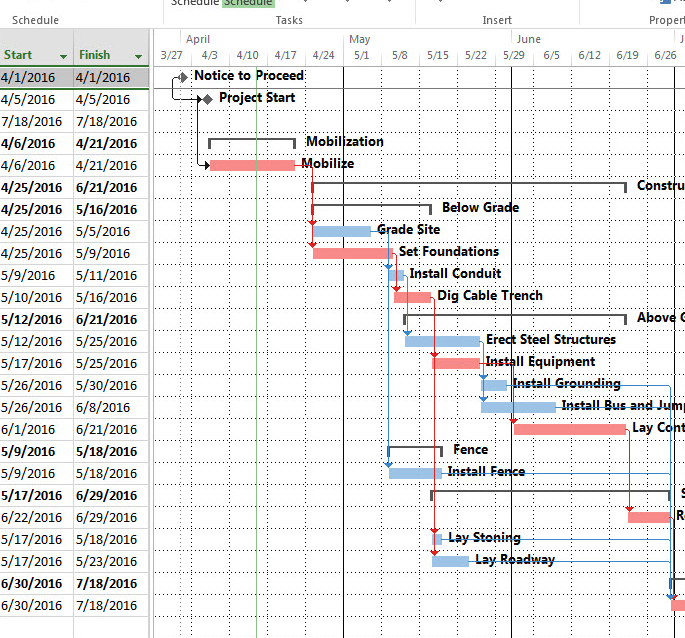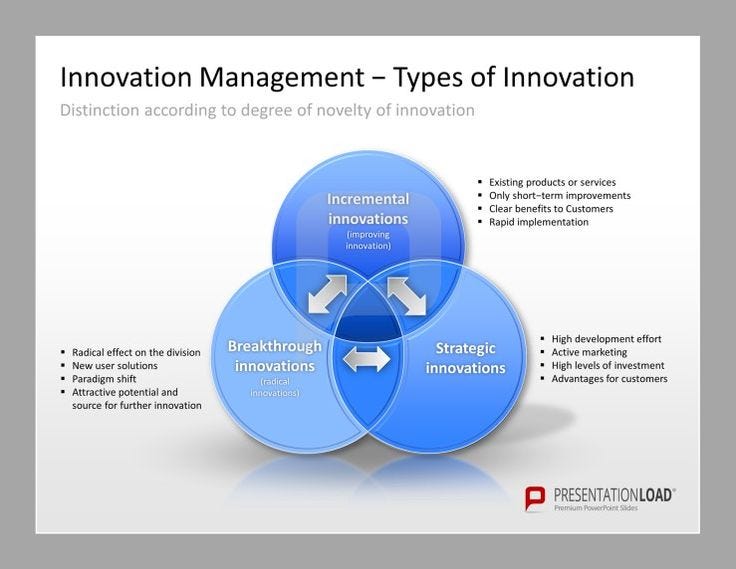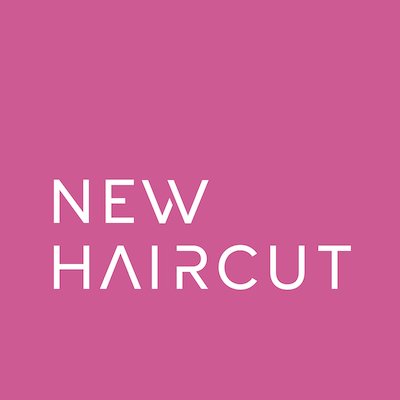Innovation goes on a diet.

Large, incumbent corporations are scrambling to create innovation programs as a means of maintaining market leadership or completely reinventing it.
The expectation is that innovation is something we formally declare we’re going to begin doing.
Big expectations and big announcements not only lead to elaborate, expensive, and endless, but also overhyped expectations.
For example…
Requiring a new state-of-the-art lab to be built in order for innovation to happen.
Allowing an eternity to pass while analyzing, researching, and designing, all the while not establishing any success criteria.
Starting points like these make innovation feel hard.
(overwhelming, if you will)

In fact, it’s probably easier to begin by talking about what innovation is not, rather than what it is.
Innovation is not…
A project to complete.

It’s not something to be articulated inside a PowerPoint deck. (I dislike this on so many levels)

Don’t appoint a Chief Innovation Officer thinking they can single-handedly conjure innovation across your entire workforce.
It isn’t contracting a bunch of management consultants.
(save your conference rooms and abandoned cubicles for something better)

Acquisitions are helpful. But innovation is not something to be purchased. And it’s not a hackathon,
(“for the love of God!” … I might add)

So then, what IS innovation?
A change in… everything.
Innovation is change.
It requires a rewiring of our culture, our tools, and the processes that touch our organization, inside our offices and abroad.
Most importantly, it requires a shift in the mindset of our people… stakeholders, staff, and shareholders.
Changing our own mind is hard enough. Asking 100, 1,000, 100,000 people to change in unison without a compelling vision and a vehicle to get you there? Not happening.
The cherry on top? While asking everyone and everything to shift or die, we need to somehow maintain the structure of our existing business that’s crumbling around us…
A balancing act.
Startups have one tremendous advantage — they should have FAR fewer structures, egos, and expectations to uphold.
Whereas, when we set out to achieve innovation inside an existing company… surprise! We still have a business to run.
And the bigger the organization:
the more stakeholders there are to wrangle
the more staff there is to train and deploy, and
the more shareholders there are to appease
This means corporate innovation needs guardrails.
Building a cool $200M lab that ravages the P&L? Not cool.
Instead, we should be making a best attempt to start small — to build on what we already have.
We need to find a way to leverage the resources, customers, partnerships, and channels we already have.
And now for the good news.
We can begin immediately.
No lab. No PowerPoint. No hackathon.
We’re not going to make a company-wide announcement.
No all-hands meeting, either. Sorry, I know you love those.
We’re also not going to label it as innovation.
None of that. We’re just going to begin.
You see, innovation isn’t something we declare we’re going to do. It’s not something we become.
Innovation is the place in which we find ourselves after putting in the work.
And in the end, that work can often be boiled down to 5 steps.
Step 1.
We start with a small group of people with authority and a desire to see positive change. A group that’s willing to try something new.
We ask them to get together for 1 day — even better if out of the office.
We spend it getting to really know each other.
What are our interests and how do they align with our company?
What do we already know about our customers? What else do we want to learn about them? Where are their needs not being met?
From these discussions we generate 5–10 problems we feel passionate about solving.
Use a Business Model Canvas to map out how the company will exist and make money.
Establish your metrics for success!
This step is the kernel from which corporate innovation is born.
Step 2.
We identify our provisional customer stakeholders and put these problems in front of them.
We talk with these customers. Observe them. Ask them questions about their habits, their struggles, their needs.
We ask them to talk about existing solutions they use to solve these problems to understand if there’s room for new and better.
We prioritize the 2 or 3 most important and most underserved opportunities which our customers highlighted.
Then we figure out which of these 3 we have the capacity to solve — which 1 do we have the greatest viability of tackling in terms of time and resources? This 1 is the 1 thing we dedicate to working on.
Step 3.
We prototype a solution inside of a 5-day design sprint.
If our solution is entirely invalidated, we start over. We’ve squandered 1–2 weeks to save at least hundreds of thousands of dollars on a bad idea.
If our solution is partially invalidated, we move forward based on what we learned... we might run 1 more condensed sprint to fill in the missing holes. Or we might pivot into a tangential solution we discovered while working on the original solution.
If our solution is validated, we map out our initial 3-month launch candidate (“MVP” or minimum valuable product), we expand our core sprint team into a functional delivery team, and…
Step 4.
We build.
We’re going to use 3 months as our guidepost to have our initial product or service in the hands of actual customers.
Anything viable that can be launched in much less than 3 months indicates the problem may not be big or bold enough to create significant returns for the company.
Anything longer means we’re shooting for the stars (again). Lean and mean. Get it out there. Nevermind what our designers are saying about first impressions or quality cannot be “rushed.”
Nothing beats hard proof. And there will always be time to refine.
Remember, you can spend countless hours designing really beautiful products nobody gives two shits about.

Step 5.
We measure over the first 90 days.
Is it failing to meet the metrics for success you set? Pivot or kill.
Is it working? We get approval to go all in. We invest resources. We NOW announce it to our stakeholders, staff, and shareholders.
Let’s assemble that long overdue all-hands meeting. Let’s build a lab around the team that delivered. Let’s create an innovation playbook the captures + models our success so we can repeat it time and again.
Let’s celebrate.
We’ve just achieved the starting point of innovation. Now it’s time to keep going.

